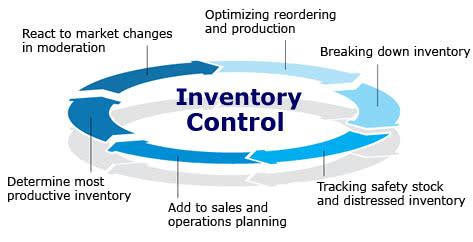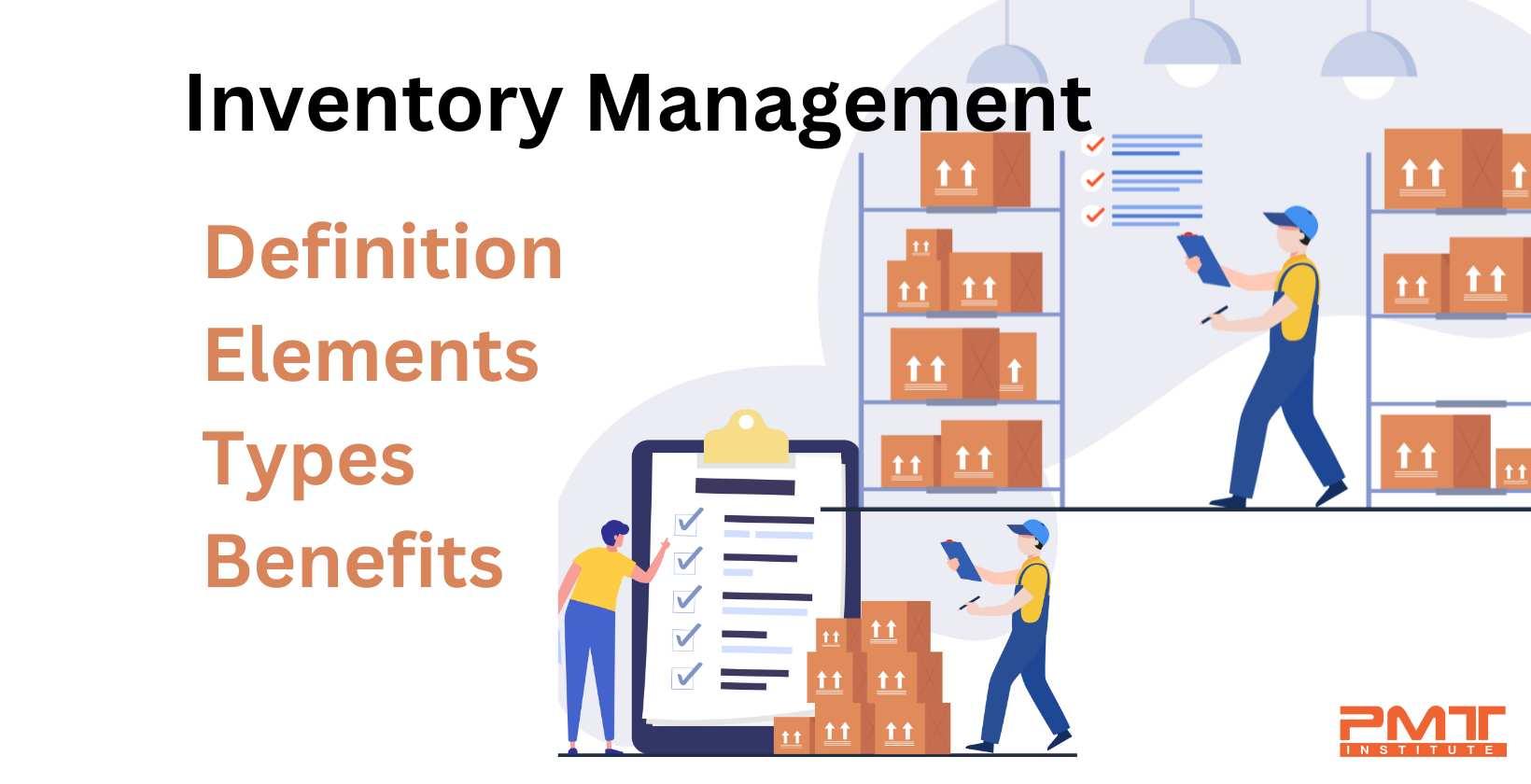In the fast-paced world of e-commerce, where consumers’ expectations evolve as quickly as technology itself, the art of inventory management has emerged as a critical cornerstone for success. Mastering this multifaceted discipline not only ensures that products are readily available but also enhances customer satisfaction, optimizes cash flow, and minimizes waste. As online retailers navigate the complexities of supply chains, seasonal fluctuations, and emerging market trends, effective inventory management becomes the linchpin that can elevate a business from merely surviving to genuinely thriving. In this article, we will explore the essential strategies and tools that can help e-commerce businesses transform their inventory practices, turning potential pitfalls into opportunities for growth and customer loyalty. Whether you are a seasoned entrepreneur or just starting your e-commerce journey, the insights shared here will empower you to harness the full potential of your inventory, paving the way for a more prosperous future.
Understanding the Pillars of Effective Inventory Control
To harness the full potential of inventory management, it’s crucial to focus on several key aspects that collectively contribute to streamlined operations. These essentials not only minimize costs but also enhance customer satisfaction. Some of these foundational elements include:
- Accurate Stock Tracking: Implement systems that provide real-time visibility into inventory levels, allowing for timely decision-making.
- Demand Forecasting: Utilize historical sales data and market trends to predict future demands, ensuring adequate stock without overextending resources.
- Supplier Relationships: Foster strong connections with vendors to facilitate flexible, speedy replenishment of stock as needed.
- Regular Audits: Conduct consistent audits to identify discrepancies and maintain data accuracy in inventory records.
Additionally, the integration of technology plays a pivotal role in optimizing inventory processes. Utilizing automated systems can not only streamline operations but also empower businesses to harness analytics for improved decision-making. Key aspects of technology implementation include:
- Inventory Management Software: Choose solutions that provide comprehensive features like multi-location tracking, reporting capabilities, and easy integration with e-commerce platforms.
- Barcode Scanning: Implement barcode or RFID systems to reduce human error and expedite the inventory tracking process.
- Data Analytics: Leverage analytics tools to interpret data trends and translate them into actionable insights for operational improvements.

Leveraging Technology to Streamline Inventory Processes
The integration of cutting-edge technology is transforming the landscape of inventory management in e-commerce. Utilizing advanced software solutions not only enhances accuracy but also improves efficiency. Barcoding and RFID (Radio Frequency Identification) technologies allow retailers to monitor stock levels in real-time, reducing the likelihood of overstocking or stockouts. A robust inventory management system (IMS) can automate tasks, such as updating inventory counts and generating reports, freeing up valuable time for e-commerce managers. The shift towards cloud-based platforms enables businesses to access their inventory data from anywhere, ensuring they can make informed decisions on the fly.
Furthermore, incorporating machine learning algorithms can optimize restocking processes by predicting trends based on customer behavior and seasonal fluctuations. This predictive capability helps businesses manage multiple sales channels effectively, ensuring that all platforms are aligned with the same inventory data. An efficient way to visualize this transformation is through the use of dashboards that consolidate various metrics—like sales velocity and turnover ratios—at a glance. The implementation of these technologies not only streamlines operations but also enhances customer satisfaction by ensuring that products are readily available, ultimately driving sales growth.

Optimizing Stock Levels for Maximum Profitability
Efficiently managing stock levels is crucial for maintaining healthy cash flow and maximizing profitability. One effective strategy is to implement a demand forecasting system that leverages historical sales data to predict future trends. This allows businesses to adjust their inventory accordingly, ensuring that popular items are readily available while minimizing overstock of less popular products. To support this approach, consider the following tactics:
- Utilize historical data: Analyze past sales patterns to forecast future demand.
- Set minimum and maximum stock thresholds: Establish limits to maintain optimal inventory levels.
- Implement just-in-time ordering: Reduce holding costs by ordering stock as needed.
To further enhance inventory management and support decision-making, categorizing products based on their performance can prove invaluable. Organizing items into different tiers based on their sales velocity helps prioritize stock replenishment and focus marketing efforts on high-performing products. For a clearer overview, consider using a simple classification table:
| Category | Sales Velocity | Stock Strategy |
|---|---|---|
| High Performers | High | Replenish frequently |
| Moderate Performers | Medium | Monitor closely |
| Low Performers | Low | Consider discounting |
By utilizing these techniques, businesses not only streamline their inventory management processes but also create a more responsive and adaptive operational framework, ensuring they meet customer demands while driving profitability.

Implementing Best Practices for Inventory Accuracy and Efficiency
Achieving accuracy and efficiency in inventory management requires a systematic approach that integrates technology with best practices. One of the most effective methods is to utilize robust inventory management software that provides real-time tracking of stock levels. Such tools help in automating reorders, reducing human errors, and ensuring that you’re never caught off guard by stockouts or overstocking. In addition, implementing a regular audit schedule can help identify discrepancies early and correct them promptly. This proactive measure includes conducting cycle counts, where a subset of inventory is verified in regular intervals, allowing for better control and visibility over your stock.
Equally important is fostering a culture of accountability within your team. Clearly defined roles and responsibilities ensure that everyone understands their part in maintaining inventory integrity. Training sessions focused on proper stock handling and data entry can significantly reduce errors and enhance efficiency. To visualize the impact of these practices, consider the following table that outlines key metrics before and after implementing best practices:
| Metric | Before Best Practices | After Best Practices |
|---|---|---|
| Inventory Turnover Rate | 5 times/year | 8 times/year |
| Stockouts | 20% of orders | 5% of orders |
| Order Fulfillment Time | 3 days | 1.5 days |
To Conclude
In the dynamic world of e-commerce, mastering inventory management is not just a strategy; it’s a compass guiding businesses toward sustainable success. As we’ve explored throughout this article, a robust inventory system allows you to align supply with demand, minimize costs, and enhance customer satisfaction. By leveraging technology, employing data-driven insights, and embracing best practices, you’re not merely keeping stock; you’re crafting a seamless shopping experience that delights consumers and fosters loyalty.
As you forge ahead on your journey to optimize your inventory management, remember that flexibility and adaptability are key. The landscape of e-commerce is ever-evolving, and those who are prepared to pivot in response to changing market dynamics will not only survive but thrive.
embracing the art and science of inventory management equips you with the tools to not only meet the challenges of today but also seize the opportunities of tomorrow. So, take a moment to reflect, refine your processes, and let your inventory be the backbone of your e-commerce success story. The road may be winding, but with the right approach, the destination is a flourishing and resilient business primed for lasting impact.



